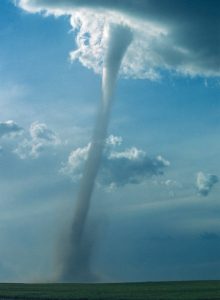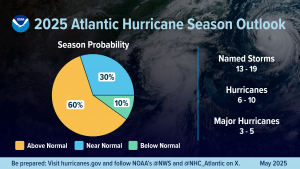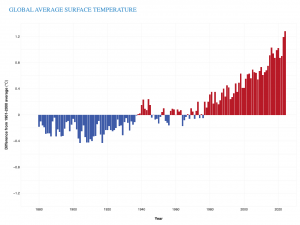
According to the American Meteorology Society’s glossary, a landspout is a colloquial name for a small tornado whose vorticity (a vector that measures local rotation in a fluid flow) originates in the boundary layer and has a parent cloud in its growth stage. Landspouts occur when colliding winds at the surface begin to make a vortex and then a developing thunderstorm passes overhead. The updrafts from that thunderstorm draw the rotating vortex upward and give it a tornado-like appearance. While relatively weak compared to traditional tornadoes, landspouts can be strong enough to cause damage and warrant caution.
The term “landspout” was coined by atmospheric scientists in the 1980s to describe a type of vortex associated with thunderstorms that do not possess a strong mid-level mesocyclone. A mesocyclone is a cyclonically rotating vortex, around 2–10 km in diameter, in a convective storm. Strong tornadoes form in mesocyclones.
Landspouts are generally short lived, usually lasting less than 15 minutes, and have a short track. They can occur under rapidly developing cumuliform clouds and along a surface boundary, or at a point where two boundaries collide. As the rotation occurs at low levels in the atmosphere, the resulting vortex does not extend very far up into the cloud. Landspouts form from a ground circulation that is sucked up into a storm, while tornadoes form from a rotating supercell thunderstorm. Tornadoes form in thunderstorms and reach down to the ground. They can tap energy sources, such as the jet stream, that are far more powerful than those energy sources at the ground.
Tornadoes form when winds at the cloud-level begin to spin and the cloud rotation can be detected using Doppler radar. Landspouts form at the ground and are often below the radar beam and therefore go undetected.
Steve Ackerman and Jonathan Martin, professors in the UW-Madison department of atmospheric and oceanic sciences, are guests on WHA radio (970 AM) at noon the last Monday of each month. Send them your questions at stevea@ssec.wisc.edu or jemarti1@wisc.edu.



